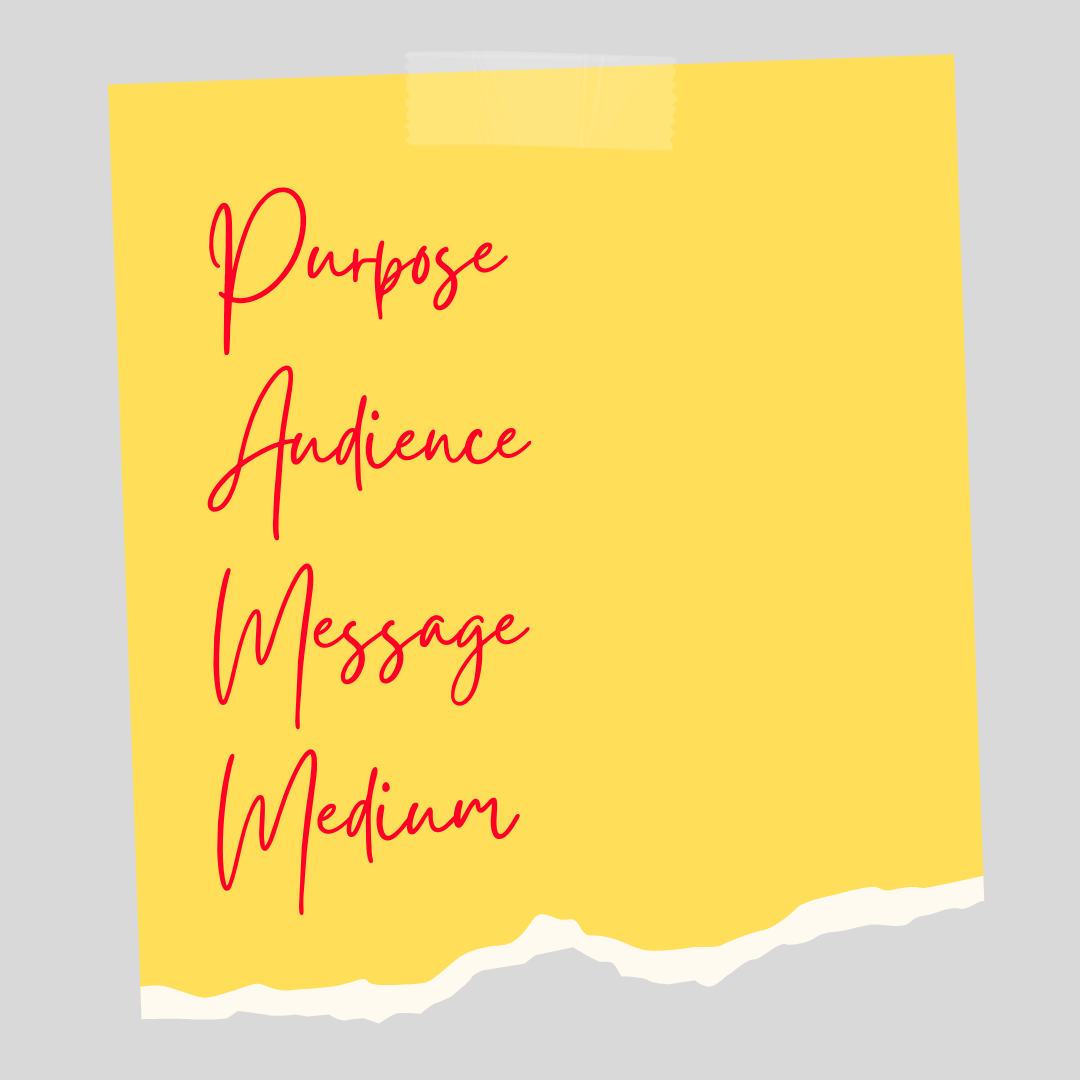
Blog
Archive

Holiday Social Media Marketing Strategy
Remember, the key to a successful holiday social media plan is to start early, be creative, and genuinely connect with your audience. By planning ahead and executing a well-thought-out strategy, you can make the most of the holiday season for your business.

5 Easy Types of Social Media Posts You Can Create TODAY!
Remember to keep your content relevant to your audience and brand, and use appropriate hashtags and captions to enhance discoverability and engagement.


